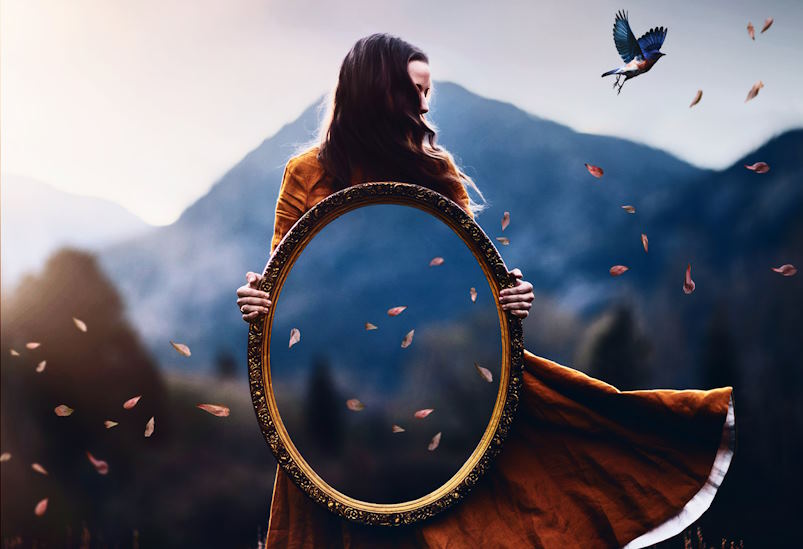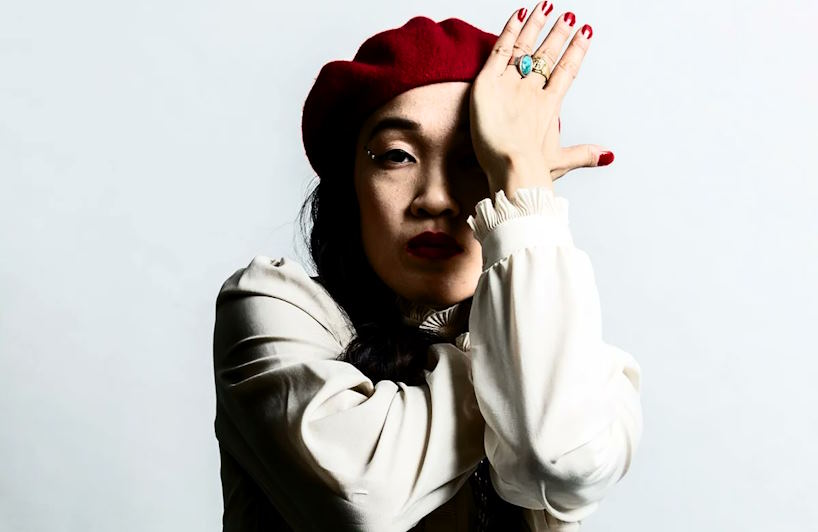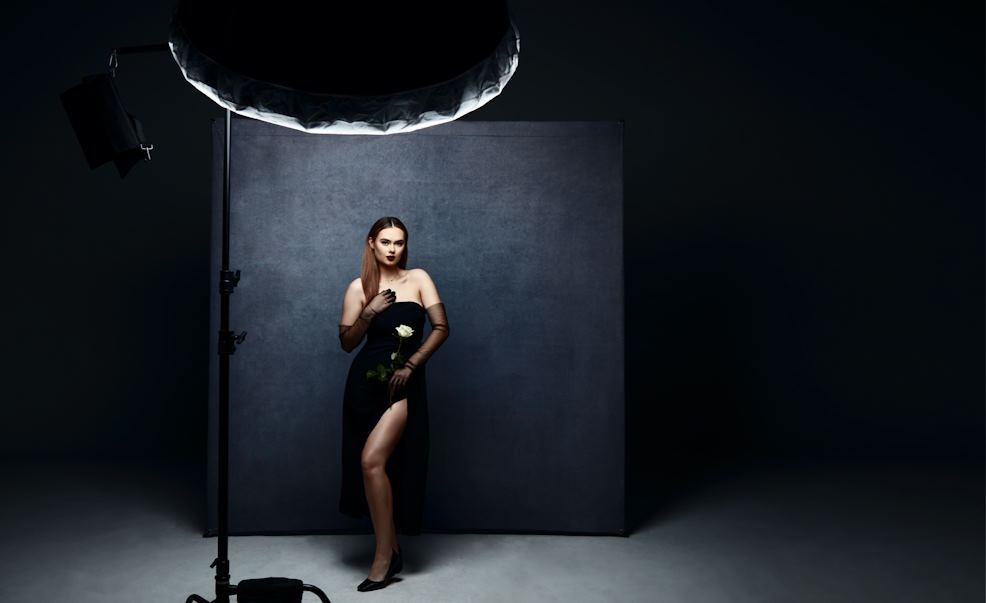
When it comes to creating captivating and emotionally resonant photographs in a studio setting, mastering the art of lighting is paramount. Lighting is not merely a technical aspect of photography; it is a powerful tool that can shape the mood, atmosphere, and overall impact of an image. Whether you’re aiming for dramatic and intense visuals or a serene and tranquil ambiance, understanding how to manipulate light in studio photoshoots is essential.
The Impact of Lighting on Mood
Lighting is a fundamental element in photography that goes beyond mere illumination. It has the remarkable ability to evoke emotions, set the tone, and create a mood in a photograph. Understanding how lighting influences mood is crucial for photographers seeking to capture powerful and impactful images. Let’s explore some ways in which lighting can impact the mood of a studio photoshoot.
Creating a sense of drama and intensity: By strategically placing lights and using shadows, photographers can create dramatic and intense images. Harsh lighting with deep shadows can add a sense of mystery and intrigue, emphasizing strong contrasts and creating a visually captivating scene.
Establishing a calm and serene atmosphere: Soft and diffused lighting techniques can create a tranquil and peaceful ambiance. By using light modifiers such as softboxes or diffusers, photographers can achieve a gentle and even illumination that soothes the viewer’s senses and instills a sense of calmness.
Enhancing the subject’s features and emphasizing emotions: Lighting can play a significant role in highlighting the subject’s features and conveying emotions. By using techniques like Rembrandt lighting, photographers can create a subtle interplay of light and shadow, drawing attention to specific facial expressions and adding depth to the image.
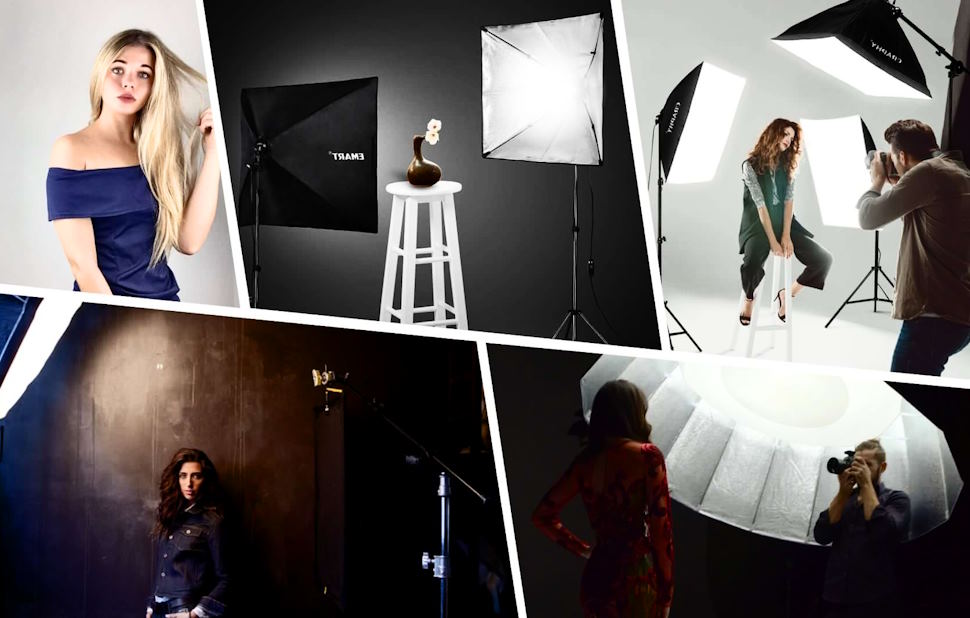
Understanding Lighting Ratios and Shadows
In the realm of studio photography, lighting ratios and shadows are essential elements that can make or break an image. They play a significant role in creating depth, dimension, and mood in photographs. Let’s delve into the importance of understanding lighting ratios and shadows and how they can elevate the impact of your studio photoshoot.
Defining lighting ratios and their effects on the image: Lighting ratios refer to the comparison of the intensity of light between different areas of the image. Understanding lighting ratios helps photographers control the balance between highlights and shadows, ultimately influencing the overall mood and visual impact of the photograph. A high lighting ratio with prominent shadows can add drama and intensity, while a low lighting ratio with minimal shadows can create a more even and balanced look.
Controlling shadows to add depth and dimension: Shadows are not merely the absence of light; they are powerful tools that can add depth and dimension to an image. By strategically positioning lights and modifying their intensity, photographers can control the placement and size of shadows, creating a three-dimensional effect. Shadows can give subjects a sense of volume, making them appear more lifelike and engaging.
Utilizing shadows to create a specific mood or evoke emotions: Shadows have the remarkable ability to evoke emotions and set the mood in a photograph. Soft and diffused shadows can create a sense of tranquility or mystery, while harsh and dramatic shadows can evoke tension or intrigue. By purposefully manipulating shadows, photographers can enhance the narrative and emotional impact of their images.
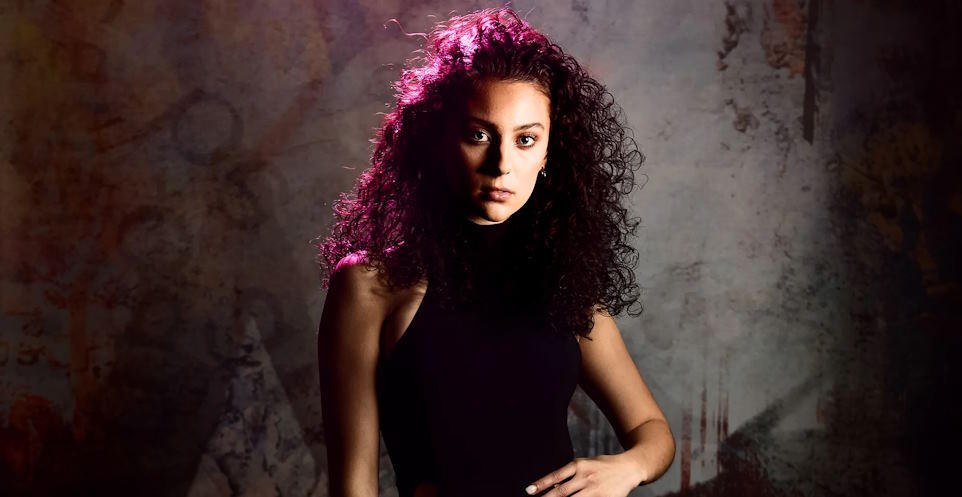
Practical Tips for Achieving the Desired Mood
Creating the desired mood in a studio photoshoot requires careful planning, attention to detail, and effective execution. Here are some practical tips to help you achieve the desired mood in your studio photographs.
Preparing a mood board and planning the lighting accordingly: Before the photoshoot, take the time to create a mood board that visually represents the atmosphere and emotions you want to convey. Consider the lighting techniques, color schemes, and overall ambiance depicted in the images. This will serve as a guide for planning your lighting setup, allowing you to select the appropriate equipment and modifiers to achieve the desired mood.
Conducting test shots and making adjustments as needed: It’s essential to conduct test shots before the actual photoshoot. This allows you to experiment with different lighting setups and make necessary adjustments to achieve the desired mood. Take test shots with varying light intensities, angles, and modifiers to see how they affect the mood and overall aesthetic. Don’t be afraid to iterate and refine your lighting until you achieve the desired result.
Collaborating with the subject and other creative professionals: Effective communication and collaboration with your subject and other creative professionals, such as makeup artists or stylists, can greatly enhance the desired mood. Discuss your vision with them and encourage their input and ideas. The subject’s facial expressions, body language, and wardrobe choices can contribute significantly to the overall mood of the photograph. Work together to ensure all elements align to create a cohesive and impactful image.

